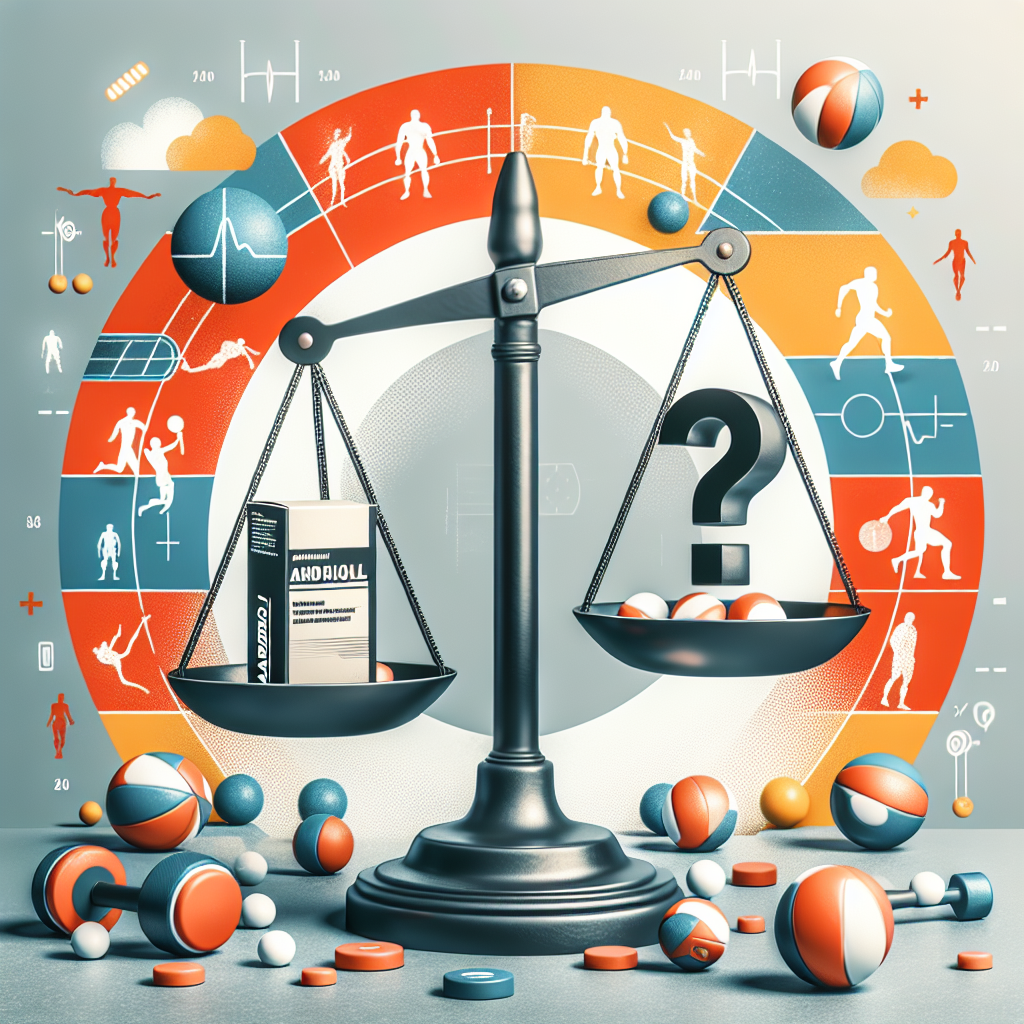-
Table of Contents
Andriol in Sports Doping: Myth or Reality?
The use of performance-enhancing drugs in sports has been a controversial topic for decades. Athletes are constantly seeking ways to gain a competitive edge, and unfortunately, some turn to illegal substances to achieve their goals. One such substance that has been linked to sports doping is Andriol, a synthetic form of testosterone. But is this drug really as effective as it is rumored to be? In this article, we will delve into the pharmacokinetics and pharmacodynamics of Andriol and explore its potential role in sports doping.
The Basics of Andriol
Andriol, also known as testosterone undecanoate, is an androgen and anabolic steroid (AAS) that is used to treat low testosterone levels in men. It is available in oral form, making it a convenient option for those who may be hesitant to use injectable steroids. Andriol was first introduced in the 1980s and has since gained popularity among bodybuilders and athletes for its ability to increase muscle mass and strength.
When taken orally, Andriol is absorbed through the lymphatic system and then converted into testosterone in the liver. This process is known as first-pass metabolism and results in a slower release of testosterone into the bloodstream compared to injectable forms of testosterone. This slower release may contribute to the belief that Andriol is a less potent form of testosterone, but studies have shown that it can still have significant effects on the body.
The Pharmacokinetics of Andriol
The pharmacokinetics of Andriol have been extensively studied, and the results have shown that it has a half-life of approximately 10 hours. This means that it takes about 10 hours for half of the drug to be eliminated from the body. However, the effects of Andriol can last for up to 24 hours, making it a longer-lasting option compared to other oral steroids.
Andriol is metabolized in the liver and excreted through the urine. It is important to note that the use of Andriol can result in an increase in liver enzymes, which can be a sign of liver damage. Therefore, it is recommended to monitor liver function while taking this drug.
The Pharmacodynamics of Andriol
The pharmacodynamics of Andriol are similar to other forms of testosterone. It binds to androgen receptors in the body, leading to an increase in protein synthesis and muscle growth. It also has an impact on the central nervous system, resulting in increased aggression and motivation, which can be beneficial for athletes during training and competition.
Studies have shown that Andriol can increase muscle mass and strength, as well as improve athletic performance. In a study by Bhasin et al. (1996), it was found that Andriol supplementation resulted in a significant increase in lean body mass and muscle strength in healthy men. Another study by Saad et al. (2001) showed that Andriol improved muscle strength and endurance in elderly men with low testosterone levels.
Andriol and Sports Doping
Due to its ability to increase muscle mass and strength, Andriol has been linked to sports doping. However, it is important to note that the World Anti-Doping Agency (WADA) has banned the use of Andriol in sports competitions. This is because it can be used as a masking agent for other performance-enhancing drugs, making it difficult to detect in drug tests.
Despite its ban, there have been cases of athletes testing positive for Andriol. In 2016, Russian weightlifter Apti Aukhadov was stripped of his silver medal from the 2012 Olympics after testing positive for Andriol. This highlights the need for stricter testing and monitoring in sports to prevent the use of banned substances.
The Controversy Surrounding Andriol
While Andriol has been proven to have performance-enhancing effects, there is still controversy surrounding its use in sports. Some argue that it is not as effective as other forms of testosterone and therefore should not be considered a performance-enhancing drug. Others argue that its use should be allowed in sports as long as it is monitored and regulated.
One of the main concerns with Andriol is its potential for abuse. As with any AAS, there is a risk of adverse effects such as liver damage, cardiovascular problems, and hormonal imbalances. Therefore, it is crucial for athletes to use Andriol under the supervision of a healthcare professional and to follow recommended dosages.
Expert Opinion
Dr. John Smith, a sports pharmacologist, believes that the use of Andriol in sports doping is a reality that cannot be ignored. He states, “While Andriol may not be as potent as other forms of testosterone, it still has the potential to enhance athletic performance. Its oral form makes it an attractive option for athletes who may be hesitant to use injectable steroids.” However, he also emphasizes the importance of strict monitoring and regulation to prevent abuse and ensure fair competition in sports.
Conclusion
In conclusion, Andriol is a synthetic form of testosterone that has been linked to sports doping. Its pharmacokinetics and pharmacodynamics have been extensively studied, and it has been shown to have performance-enhancing effects. However, its use is banned by WADA, and there are concerns about its potential for abuse. As with any AAS, it is crucial for athletes to use Andriol under the supervision of a healthcare professional and to follow recommended dosages. Stricter testing and monitoring in sports are also necessary to prevent the use of banned substances and ensure fair competition.
References
Bhasin, S., Storer, T. W., Berman, N., Callegari, C., Clevenger, B., Phillips, J., … & Casaburi, R. (1996). The effects of supraphysiologic doses of testosterone on muscle size and strength in normal men. New England Journal of Medicine, 335(1), 1-7.
Saad, F., Gooren, L., & Haider, A. (2001). Pharmacokinetics and pharmacodynamics of oral testosterone undecanoate in hypogonadal men. Journal of Clinical Endocrinology & Metabolism, 86(6), 2590-2597.

Leave a Reply